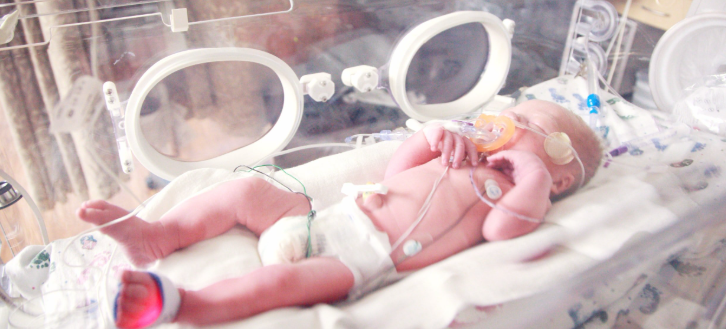The following is a summary of “Utilization and outcomes of transcranial magnetic stimulation and usual care for MDD in a large group psychiatric practice,” published in the July 2024 issue of Psychiatry by Bastiaens et al.
Practice standards among general psychiatrists for implementing transcranial magnetic stimulation (TMS) in treating major depressive disorder (MDD) vary widely, with limited real-world studies on the utilization and clinical outcomes.
Researchers conducted a retrospective study assessing TMS utilization and outcomes compared to usual care (UC) for patients with MDD.
They examined depression outcomes among adult patients at a multi-site psychiatric group practice with a primary diagnosis of MDD, PHQ-9 scores ≥ 10, a visit in November 2020, and follow-up data collected over 6 months. Patients were categorized into cohorts with either TMS or UC for comparison.
The result showed 1,011 patients with PHQ-9 scores at baseline, 89 underwent TMS therapy, and 583 in the UC (excluding 339 due to insufficient 6-month follow-up or receiving esketamine). The group with TMS showed a higher baseline PHQ-9 score compared to the group with UC (17.9 vs. 15.5, P<.001) and had a greater number of failed medication trials (≥ 4 vs. 3.1, P<.001). Over the study duration, the mean PHQ-9 score decreased by 5.7 points (SD = 6.7, P<.001) among recipients with TMS and by 4.2 points (SD = 6.4, P<.001) among the group receiving UC. For patients with severe medication resistance (failing four or more antidepressants), TMS treatment led to a more significant reduction in PHQ-9 scores by 5.8 points (SD = 6.7, P< .001) and by 3.2 points in the cohort with UC (SD = 6.3, P<.001).
Investigators concluded that TMS utilization was low despite the significant benefits, and future research should address barriers to the broader adoption of TMS in routine care for treatment-resistant MDD.
Source: bmcpsychiatry.biomedcentral.com/articles/10.1186/s12888-024-05928-4














Create Post
Twitter/X Preview
Logout